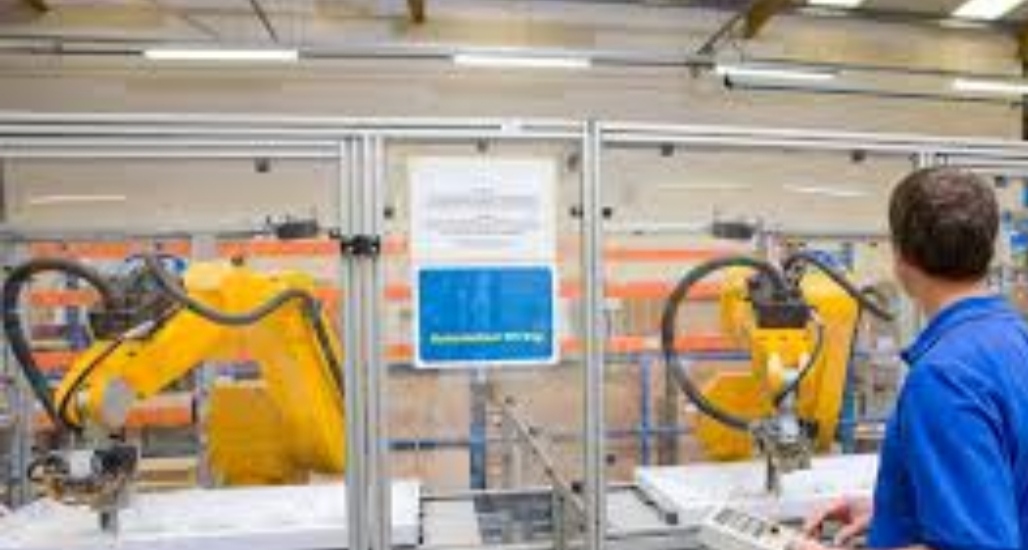Job growth is more than just statistics; it’s a complex interplay of various factors that shape the employment landscape. In the post-pandemic world, several key elements are influencing the direction and magnitude of job growth.
Economic Recovery: A robust economy is often the catalyst for job creation. As nations recover from economic downturns, businesses expand, and new opportunities arise.
Technological Advancements: Rapid technological innovations, such as automation and artificial intelligence, are both disruptors and creators of jobs. They eliminate certain roles while creating demand for new, tech-focused positions.
Globalization: An interconnected world economy has led to the globalization of labor markets. This means that job growth in one region can be influenced by economic conditions and labor dynamics in another.
Demographic Shifts: An aging workforce and changing demographics impact job sectors like healthcare and eldercare. Meanwhile, younger generations entering the workforce bring fresh perspectives and skills to different industries.
Education and Skills: The level of education and skill development within a workforce significantly affects job opportunities. Lifelong learning and adaptability are becoming increasingly crucial.
Government Policies: Legislation and policies, such as tax incentives and workforce development programs, can either encourage or impede job growth in specific sectors.
Understanding these factors is essential for individuals, businesses, and policymakers alike to navigate the ever-evolving job market successfully. Job growth isn’t solely about numbers; it’s a dynamic process shaped by the forces of technology, economy, and society.




